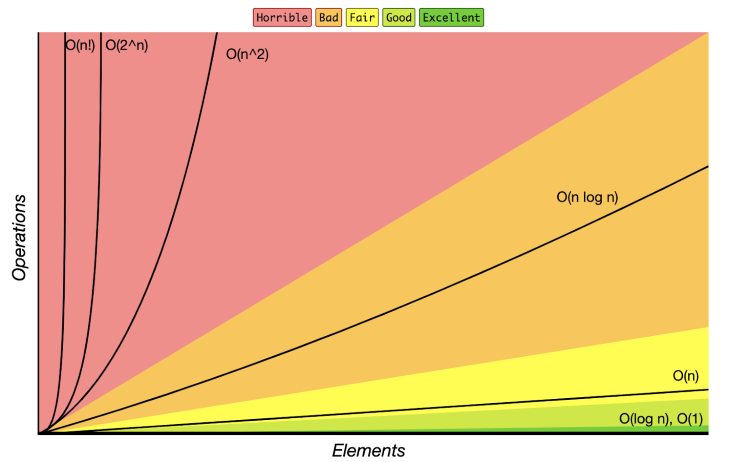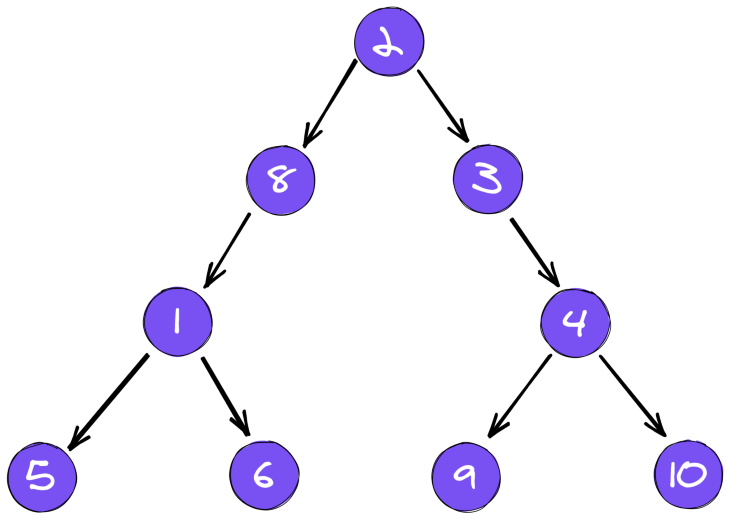The user experience is essential in modern software, and performance is vital to a good experience. Modern software is all about performance, and it can make or break your ability to engage and retain users. Applications designed with performance in mind have a greater chance of success against those that were not.

A common misconception is that a simple piece of code cannot do any harm. On the contrary, you should always presume that the consequences of adding a piece of code can be worse than you imagine. The flip side is that it only takes a few lines of code to significantly improve your app’s performance.
In this guide, we’ll explore one of the easiest ways to improve performance in modern applications: using Big O notation to measure the complexity of your code.
Big O notation is a mathematical process that describes the complexity of an algorithm. It’s a very important concept in the computer science field that describes how the complexity of an algorithm will grow based on the size of the input.

There are two ways of measuring the complexity of an algorithm:
We can calculate the time complexity of an algorithm by measuring how long it is going to take to run that algorithm. When calculating the complexity of an algorithm, we take into consideration three scenarios:
When measuring the complexity of an algorithm using Big O notation, you should always consider the worst-case scenario. The “O” in Big O notation stands for the order of the function and the “n” stands for the number of inputs.
The best time complexity for an algorithm is the constant time, also known as O(1). Algorithms with constant time will always take the same amount of time to execute. The execution of this algorithm is independent of the size of the input.
Imagine we have a function that returns the square of a number:
const returnSquare = (num) => num * num;
The returnSquare function will always take the same amount of time to execute. This is how constant time works, an algorithm that runs in the same amount of time, no matter the size of the input.
Now, imagine we have a function that receives an array. We want to always return the first element of the array no matter the size of the array.
const getFirstItem = (arr) => arr[0];
The getFirstItem function has a constant time complexity because it will run in the same amount of time no matter how much the array grows in size.
The most common time complexity is the linear time complexity, also known as O(n).
An algorithm has a linear time complexity when the time it takes to run changes linearly to the size of the input.
Imagine that we have a simple array and we want to iterate all over the array to find a specific item:
const searchItem = (arr, item) => {
for (let i = 0; i < arr.length; i++) {
if (arr[i] === item) {
return item;
}
}
}
In the best-case scenario, the item we’re looking at is the first item and we don’t need to map all over the entire array. Worst case scenario, the item can be the last one and we’ll need to iterate all over the entire array.
As our array grows, the time complexity of this algorithm grows linearly. Every time we see a loop on our algorithm, we can assume that that code can be a linear time complexity algorithm.
You may have studied logarithms in school. Logarithms are mathematical operations that determine how many times a certain number needs to be multiplied by itself to reach another number.
Imagine that we have an array of 10 elements and we take one second to iterate all over the array. As the time complexity of this algorithm grows, we would take two seconds to iterate all over the array of 20 elements, three seconds on an array of 30 elements, and so on.
A good example of an O(log n) algorithm is a binary search. A binary search finds the position of a specific element in a sorted array by dividing the array in half in each iteration:

In each step, the algorithm reduces the size of the problem by half. Take the binary search algorithm as an example: each iteration divides the array until it finds the specific item.
An algorithm has a quadratic time complexity when the runtime is proportional to the square of the size of the input.
Imagine that we have an array, and for each item, we want to loop again to compare the current element:
const findItem = (arr, newArr) => {
for (let i = 0; i < arr.length; i++) {
for (let j = 0; j < newArr.length; j++) {
if (arr[i] === newArr[j]) {
console.log('hello!');
}
}
}
}
This is an example of a quadratic time complexity algorithm. Nested loops cause the time complexity to double. Every time the size of our arrays increases, the complexity increases quadratically.
O(n!) represents the worst time complexity an algorithm might have. When writing code, you don’t want to write a piece of code that has a time complexity of O(n!), also known as factorial time complexity.
An algorithm with O(n!) time complexity reaches infinity much faster than you might imagine. At a factorial time complexity, we are adding a nested loop for every input we have.
It’s good to know that this is possible, but you probably don’t want to write code with this time complexity.
Developers like to measure the strength of code based on readability. There’s nothing wrong with using readability as a benchmark, but it’s not the only one you should consider.
Performance plays a crucial role in all modern software, but writing performant code is not always simple. It’s important to be aware of the level of complexity in your codebase and to avoid creating things that are unnecessary.
Big O Notation can help you to write performant code by measuring the complexity of your code. The concept has been around for many years and continues to help developers write engaging, performant software.
Install LogRocket via npm or script tag. LogRocket.init() must be called client-side, not
server-side
$ npm i --save logrocket
// Code:
import LogRocket from 'logrocket';
LogRocket.init('app/id');
// Add to your HTML:
<script src="https://cdn.lr-ingest.com/LogRocket.min.js"></script>
<script>window.LogRocket && window.LogRocket.init('app/id');</script>
Would you be interested in joining LogRocket's developer community?
Join LogRocket’s Content Advisory Board. You’ll help inform the type of content we create and get access to exclusive meetups, social accreditation, and swag.
Sign up now
A breakdown of the wrapper and container CSS classes, how they’re used in real-world code, and when it makes sense to use one over the other.

This guide walks you through creating a web UI for an AI agent that browses, clicks, and extracts info from websites powered by Stagehand and Gemini.

This guide explores how to use Anthropic’s Claude 4 models, including Opus 4 and Sonnet 4, to build AI-powered applications.

Which AI frontend dev tool reigns supreme in July 2025? Check out our power rankings and use our interactive comparison tool to find out.